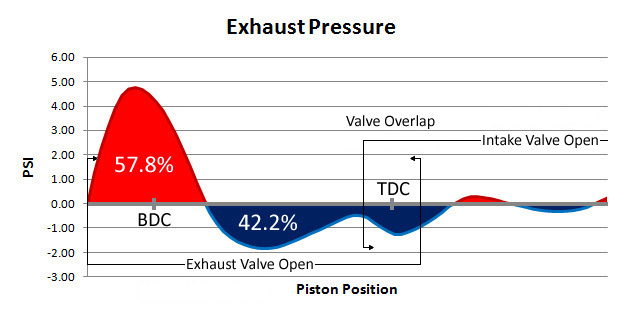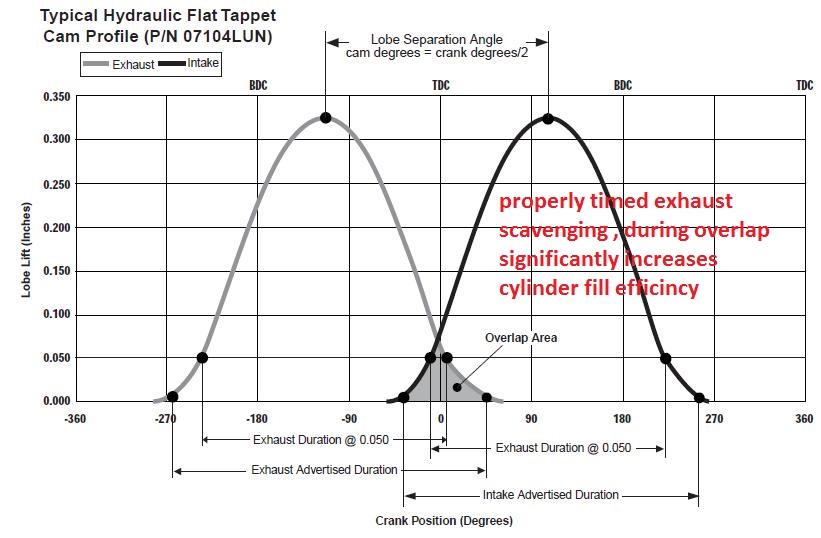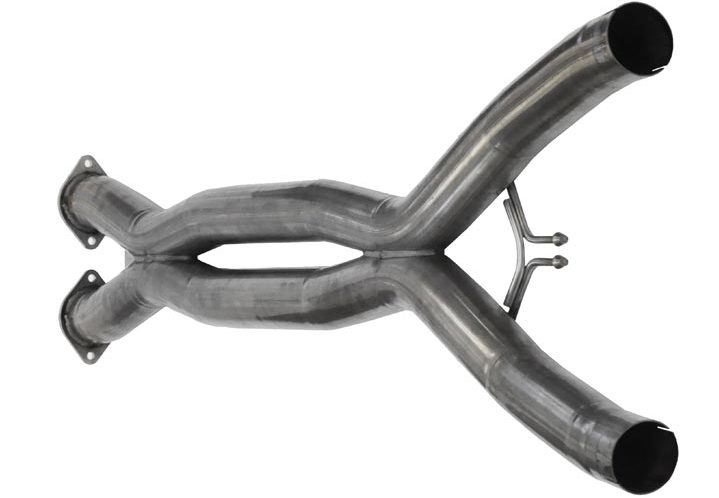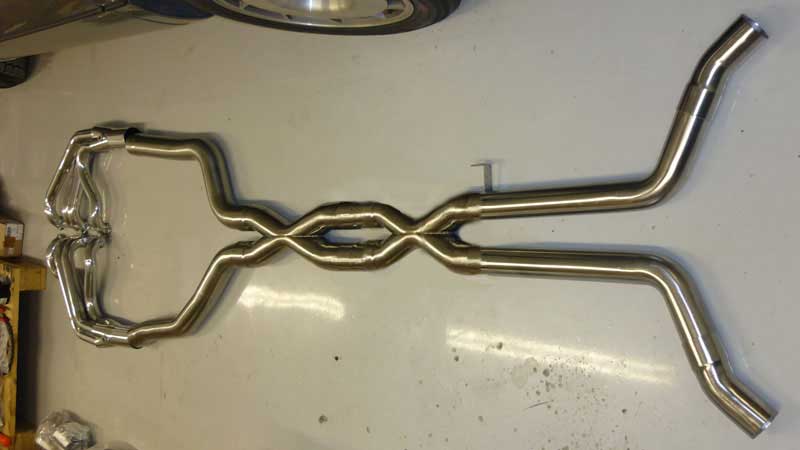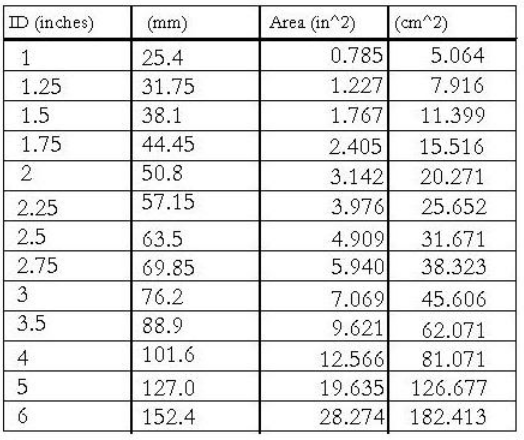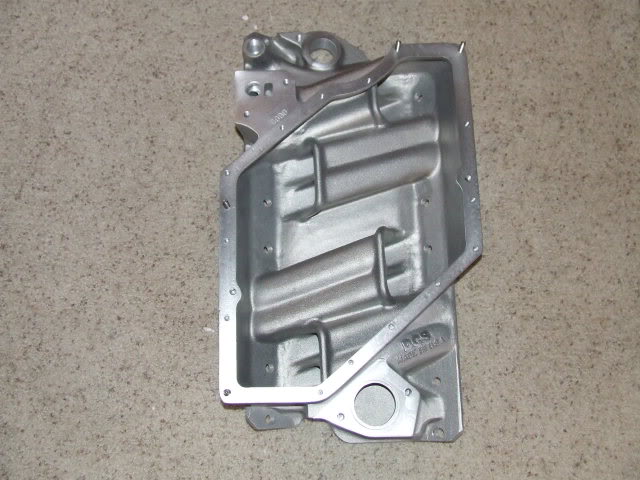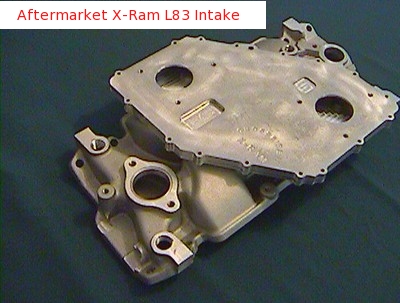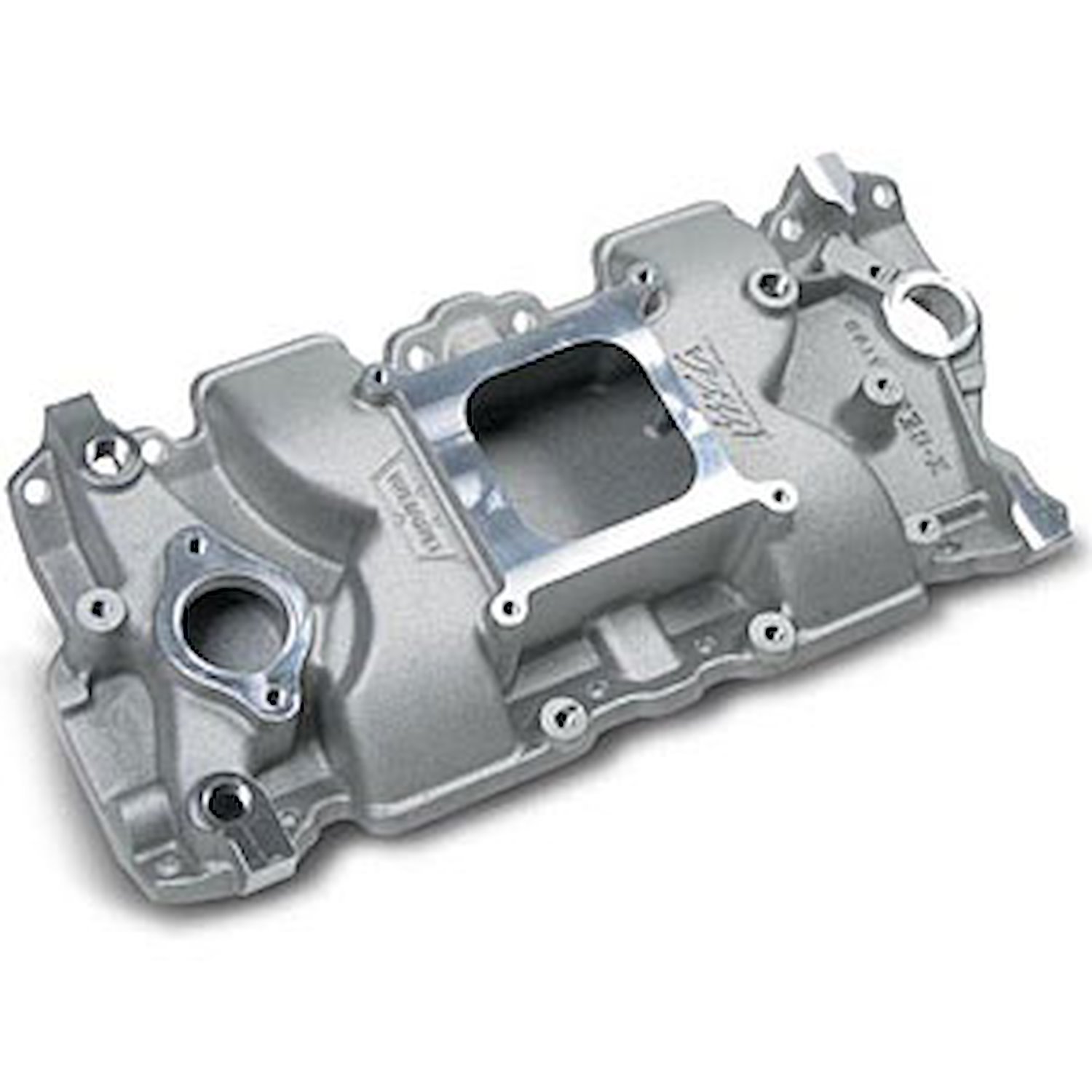Gibbles
Clicker of buttons
Also the car is crazy fast now, I can't believe how quick I can get over 100mph...
And all of those bins should be pretty much the same, that is other than the Spark Advance tables...
To move the spark tables or any other table like the fueling... just select the top row, copy, then select the same top row in the file you want to edit and paste.
(took me a few tries to figure that out originally)
I have my car running very smoothly, and I have an air intake temp sensor, and a heated O2 sensor.
Idles pretty solid, I also have Idle SA selected, it forces a set timing when idling and fixed any bouncing of the idle I was having.
And all of those bins should be pretty much the same, that is other than the Spark Advance tables...
To move the spark tables or any other table like the fueling... just select the top row, copy, then select the same top row in the file you want to edit and paste.
(took me a few tries to figure that out originally)
I have my car running very smoothly, and I have an air intake temp sensor, and a heated O2 sensor.
Idles pretty solid, I also have Idle SA selected, it forces a set timing when idling and fixed any bouncing of the idle I was having.

